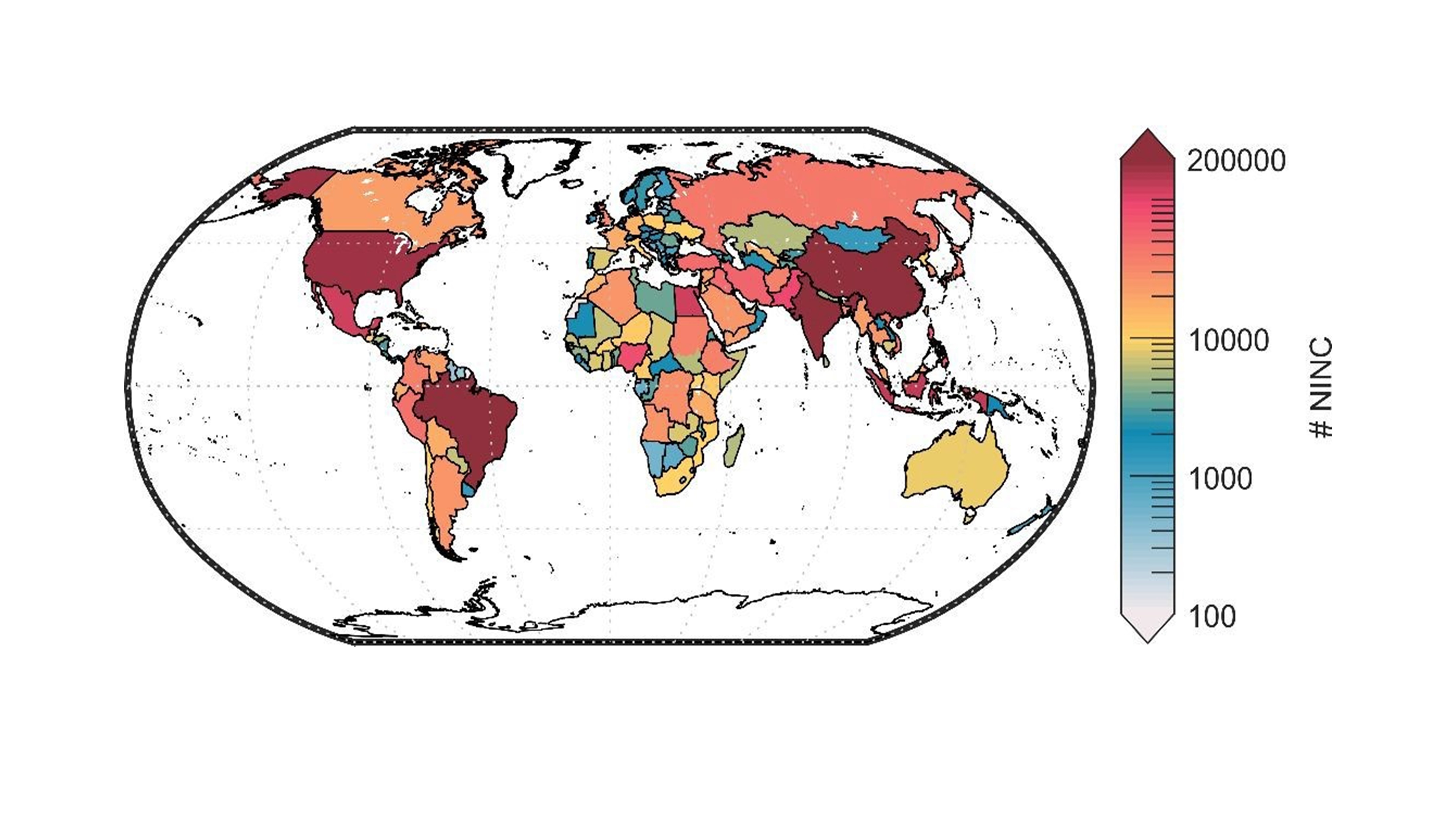Asthma in children: NO2 guidelines not strict enough
A study investigated the relationship between air pollution and new cases of asthma in children and adolescents. Current WHO air quality guideline for NO2 of 40 µg/m3 is set too high.
About 16,600 new asthma cases a year due to nitrogen dioxide
A study investigated the relationship between air pollution and new cases of asthma in children and adolescents and attributed them to specific NO2 sources. According to the study, the current WHO air quality guideline of 40 µg/m3 is set too high and allows too much NO2 air pollution.
Air pollution from nitrogen dioxide (NO2) is increasingly being blamed for new cases of asthma in children. The World Health Organisation (WHO) set the annual average level of nitrogen dioxide at 40 µg/m3 in the early 2000s, which is still in place today. However, at that time there was still a lack of solid scientific evidence on the direct health effects of air pollution by NO2.
Scientists from the Max Planck Institute for Chemistry (Max-Planck-Institut für Chemie), the London School of Hygiene & Tropical Medicine and the Charité - Universitätsmedizin (Berlin, Germany) determined the NO2 concentration in outdoor air worldwide at a resolution of one kilometre. They compared this global map with the number of new asthma cases in children and adolescents. From this, they calculated that on average 3.5 million children and adolescents worldwide 
Surprisingly, about 90 percent of the new NO2-related asthma cases worldwide occur in regions that meet the WHO guideline - i.e. comply with the limit value. Only five percent of the 3.5 million new cases of asthma among children and adolescents caused by NO2 occurred in areas where the nitrogen dioxide limit is exceeded. Thus, the current WHO air pollutant limit value does not seem to be sufficient to protect the health of children and adolescents.
"Our results suggest that targeted air quality control measures and a tightening of the nitrogen dioxide air pollution guideline are needed to significantly reduce asthma in children and adolescents," explains first author Sourangsu Chowdhury from the Max Planck Institute for Chemistry.
Importance of NO2 sources for new asthma cases
The study complements previous work by using a global atmospheric chemistry model and a specific land-use model, in combination with ground-based and satellite measurements to estimate air pollution, to estimate the importance of each NO2 source in terms of new asthma cases.
While emissions from road traffic are the main cause of new asthma cases in children and adolescents worldwide, accounting for 44 percent, household solid fuel combustion also contributes significantly, accounting for more than 10 percent, and fossil fuel electricity generation, accounting for 9 percent. The fact that these proportions can vary greatly from country to country should be taken into account when revising NO2 limit guidelines, the international team of scientists suggests. For example, small domestic fires in South Asia and biomass burning in Africa may be the main source of nitrogen oxides, while ship emissions predominate in Scandinavian countries.
"Even if the regions where the nitrogen dioxide guideline of 40 µg/m3 is currently exceeded were to comply with the limit value in the future, only two percent of new asthma cases could be prevented. The current limit value is definitely too high“ emphasises Jos Lelieveld, Director of the Max Planck Institute for Chemistry.
Reference:
Sourangsu Chowdhury, Andy Haines, Klaus Klingmüller, Vinod Kumar, Andrea Pozzer, Chandra Venkataraman, Christian Witt, Jos Lelieveld: Global and national assessment of the incidence of asthma in children and adolescents from major sources of ambient NO2. Environmental Research Letters, doi: 10.1088/1748-9326/abe909